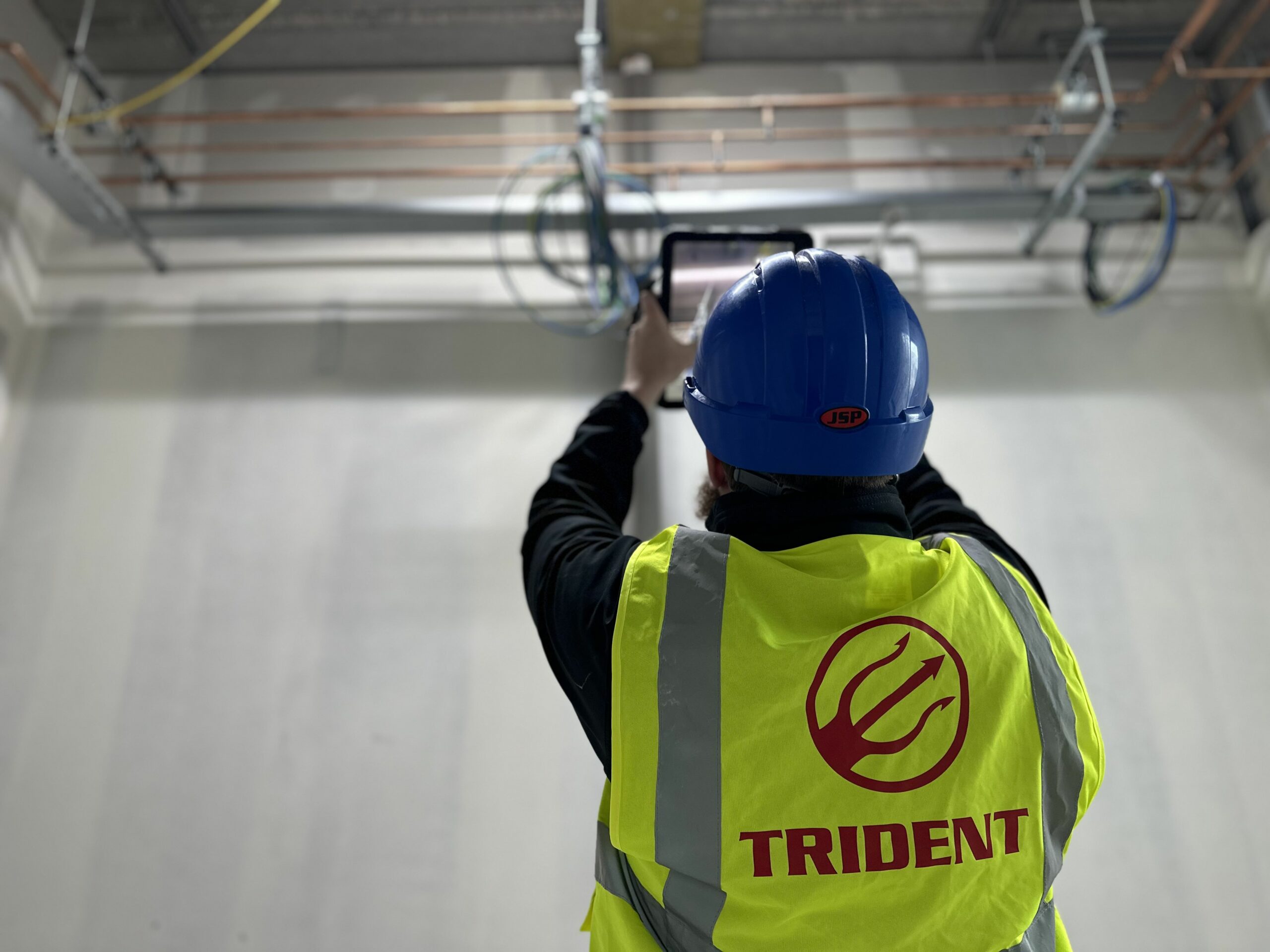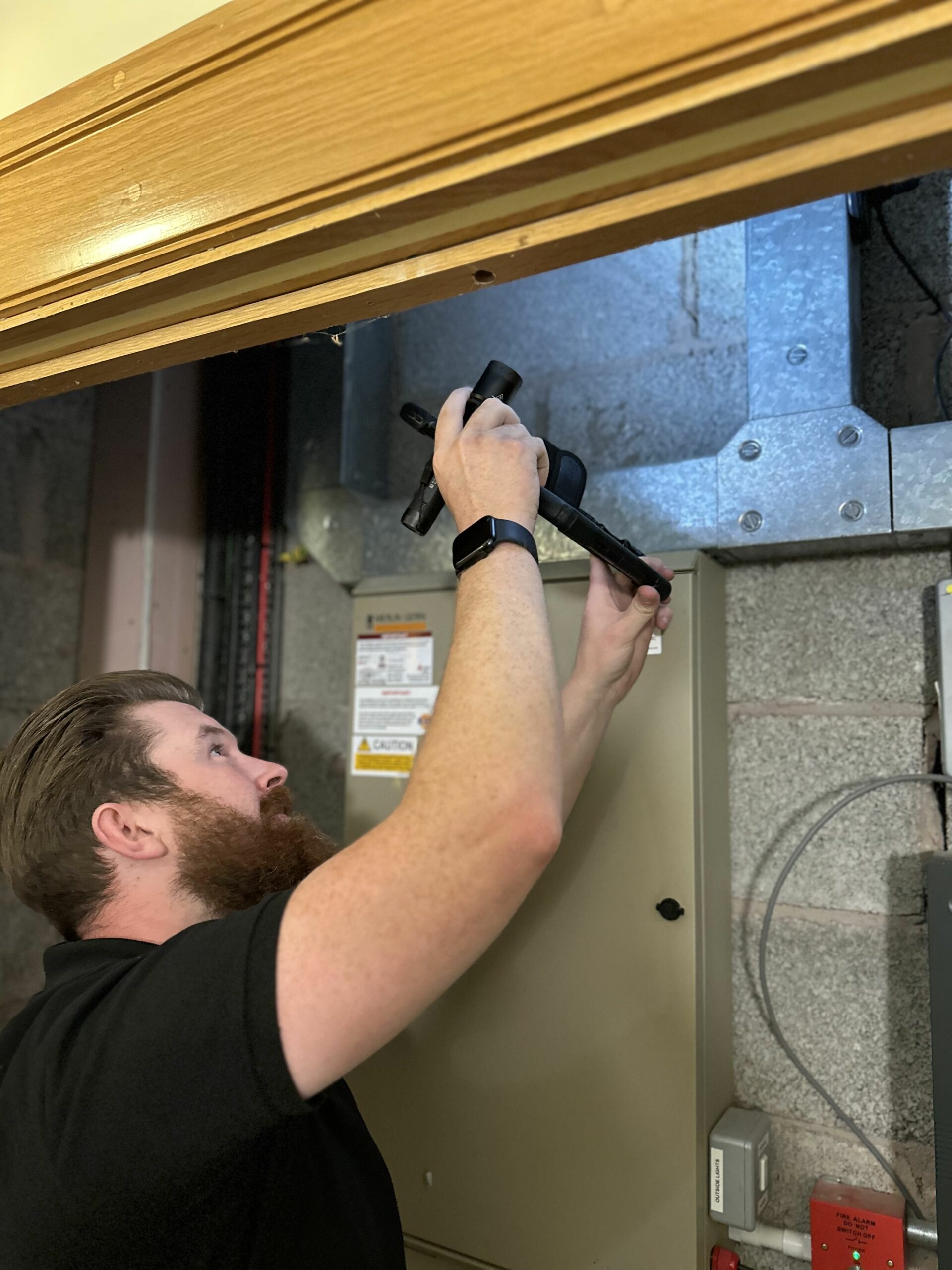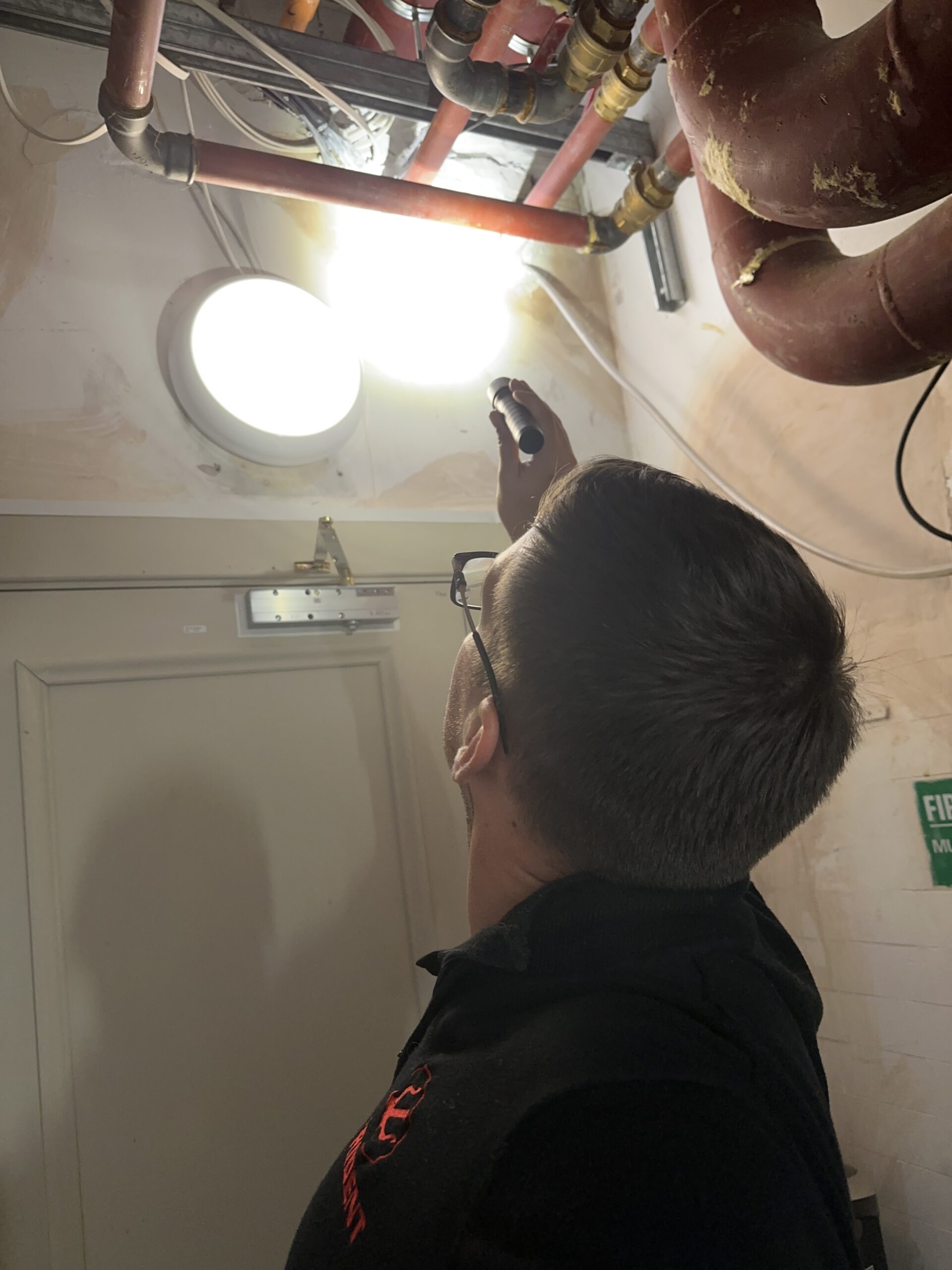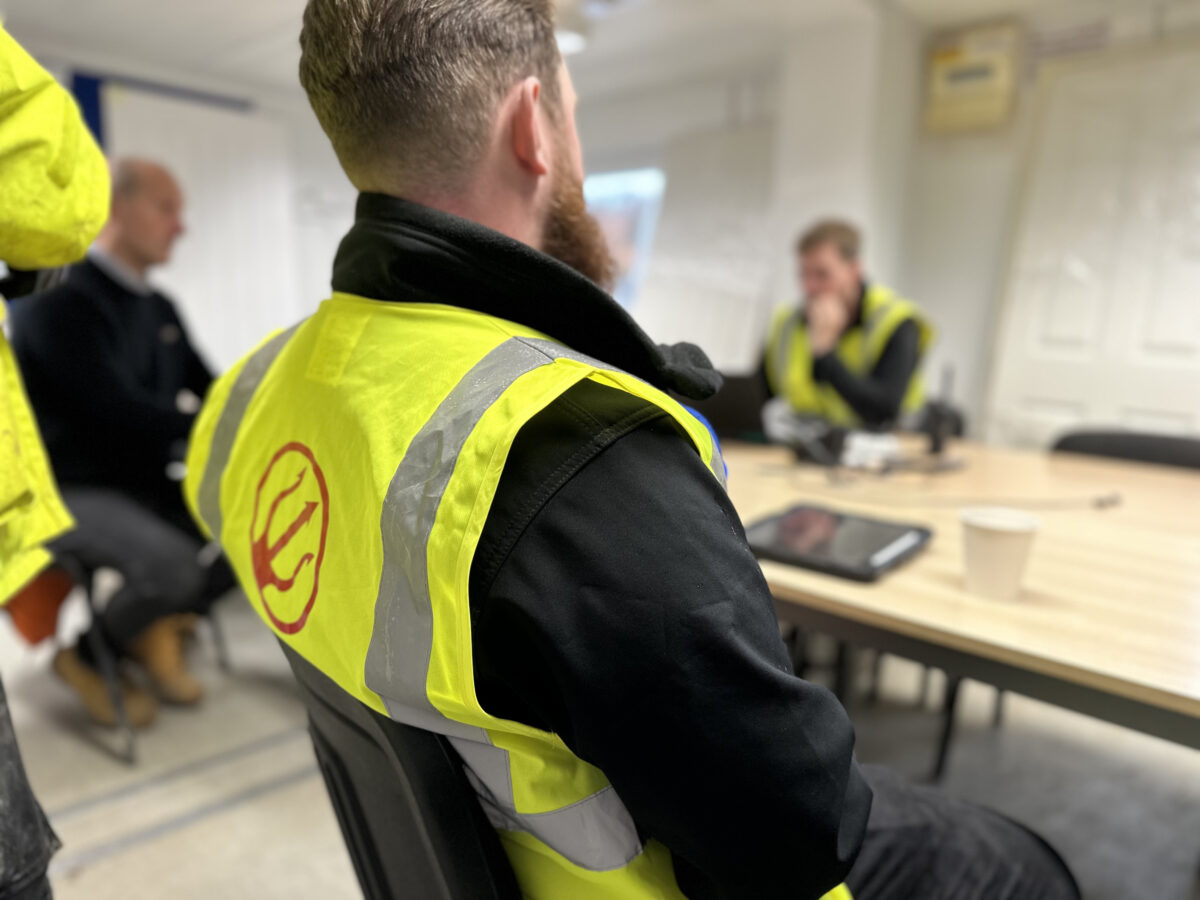In the realm of building safety and fire prevention, one crucial aspect often overlooked is compartmentation.
Compartmentation refers to the division of a building into fire-resistant compartments, limiting the spread of fire, smoke, and toxic gases.
Conducting a compartmentation survey is a valuable practice that helps ensure the safety of occupants and protects property.
In this article, we will explore why a compartmentation survey is a good idea and the benefits it provides.
Enhancing Fire Safety
A compartmentation survey plays a vital role in enhancing fire safety within a building.
By evaluating the effectiveness of fire-resistant barriers, such as walls, floors, and ceilings, the survey identifies potential breaches or deficiencies that could compromise compartmentalisation.
These inspections help ensure that fire cannot rapidly spread throughout the building, providing occupants with vital time for evacuation and emergency response teams to intervene effectively.
Identifying Breaches and Vulnerabilities
Over time, various factors like alterations, renovations, or wear and tear can weaken the fire-resistant compartments of a building.
A compartmentation survey involves a comprehensive assessment of fire doors, fire-rated walls, service penetrations, and other components.
This process helps identify any breaches, gaps, or vulnerabilities that may have developed, allowing for prompt rectification measures.
By addressing these issues, the survey ensures that the building’s compartmentation is intact, minimising the risk of fire and improving overall safety.
Compliance with Regulations and Standards
Complying with fire safety regulations and standards is not only a legal requirement but also an ethical responsibility for building owners and managers.
Many countries have specific regulations that mandate regular compartmentation surveys for certain types of buildings, such as commercial properties, healthcare facilities, and high-rise structures.
Conducting these surveys helps ensure compliance with Building Regulations and provides documented evidence of due diligence.
By fulfilling regulatory obligations, building owners demonstrate their commitment to safeguarding lives and property.
Reducing Insurance Costs and Liabilities
Maintaining a robust fire safety infrastructure has several financial benefits as well.
Insurance companies often take fire safety measures, including compartmentation,into consideration when assessing premiums.
By conducting a compartmentation survey, and identifying and rectifying any deficiencies, building owners can demonstrate a proactive approach to risk management.
This can potentially lead to reduced insurance costs and lower liabilities. Additionally, in the unfortunate event of a fire incident, having proof of a recent survey and adherence to safety standards can help mitigate legal and financial repercussions.
Preserving Property Value
Compartmentation surveys contribute to the long-term preservation of property value.
Buildings that consistently demonstrate adherence to fire safety standards and have documented compartmentation surveys maintain a positive reputation and attract tenants, investors, and buyers.
A well-maintained and safe environment instils confidence in occupants and stakeholders, leading to increased property value and potential business opportunities.
Conclusion
In conclusion, a compartmentation survey is a crucial tool for maintaining fire safety, ensuring compliance with regulations, and protecting lives and property.
By identifying breaches, vulnerabilities,and deficiencies in fire-resistant barriers, these surveys enable building owners and managers to rectify issues promptly, reducing the risk of fire spread and enhancing overall safety.
Moreover, such surveys contribute to cost savings, liability reduction, and the preservation of property value.
Investing in regular compartmentation surveys is not just a prudent decision but also an ethical responsibility in creating secure environments for all.
Get in touch to find out how Trident Fire Compliance can help.





